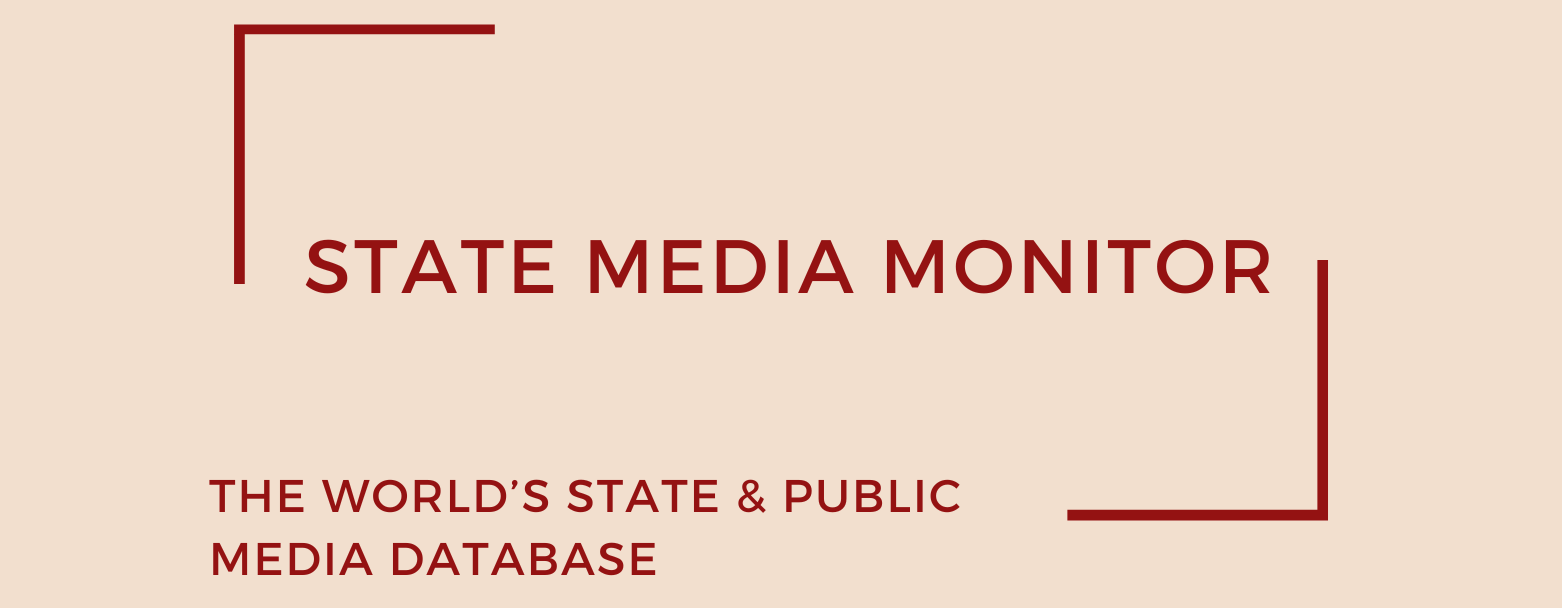The Congo National Radio-Television service (known by its French name Radiodiffusion Nationale Congolaise) began operating in 1962 following requests for technical assistance made to France by the country’s president at the time, Fulbert Youlou. It was the first television broadcaster to air in Sub-Saharan Africa. Today, the broadcaster consists of a television and a radio operator (Télé-Congo and Radio-Congo).
Media assets
Television: Télé Congo
Radio: Radio-Congo
State Media Matrix Typology: State-Controlled (SC)
Ownership and governance
Radiodiffusion Nationale Congolaise is fully owned by the government through a state agency, Centre National de Radio Télévision Congolais (CNRTV), according to experts who work on media in Central African countries. The broadcaster consists of two divisions, Télé-Congo and Radio-Congo, which are run as separate institutions. None of them has any governing boards but operate instead as divisions of the Ministry of Communication and Media, managed by a director each, both appointed by the ministry. According to experts who work on media in Central African countries, the two directors are directly accountable to the minister of communication and media.
Source of funding and budget
Radiodiffusion Nationale Congolaise is fully funded by the government. According to experts who work on media in Central African countries, its budget, believed to be in the range of XAF 120m-130m (around US$240,000) a year, is included in the Ministry of Communication and Media budget.
Editorial independence
Radiodiffusion Nationale Congolaise is a state-run agency whose editorial agenda is shaped and controlled by the government, according to experts who work on media in Central African countries.
No statute and independent assessment or oversight mechanism to validate the editorial independence of Radiodiffusion Nationale Congolaise, a state-run agency whose editorial agenda is for the government to agree, have been identified.
July 2024
